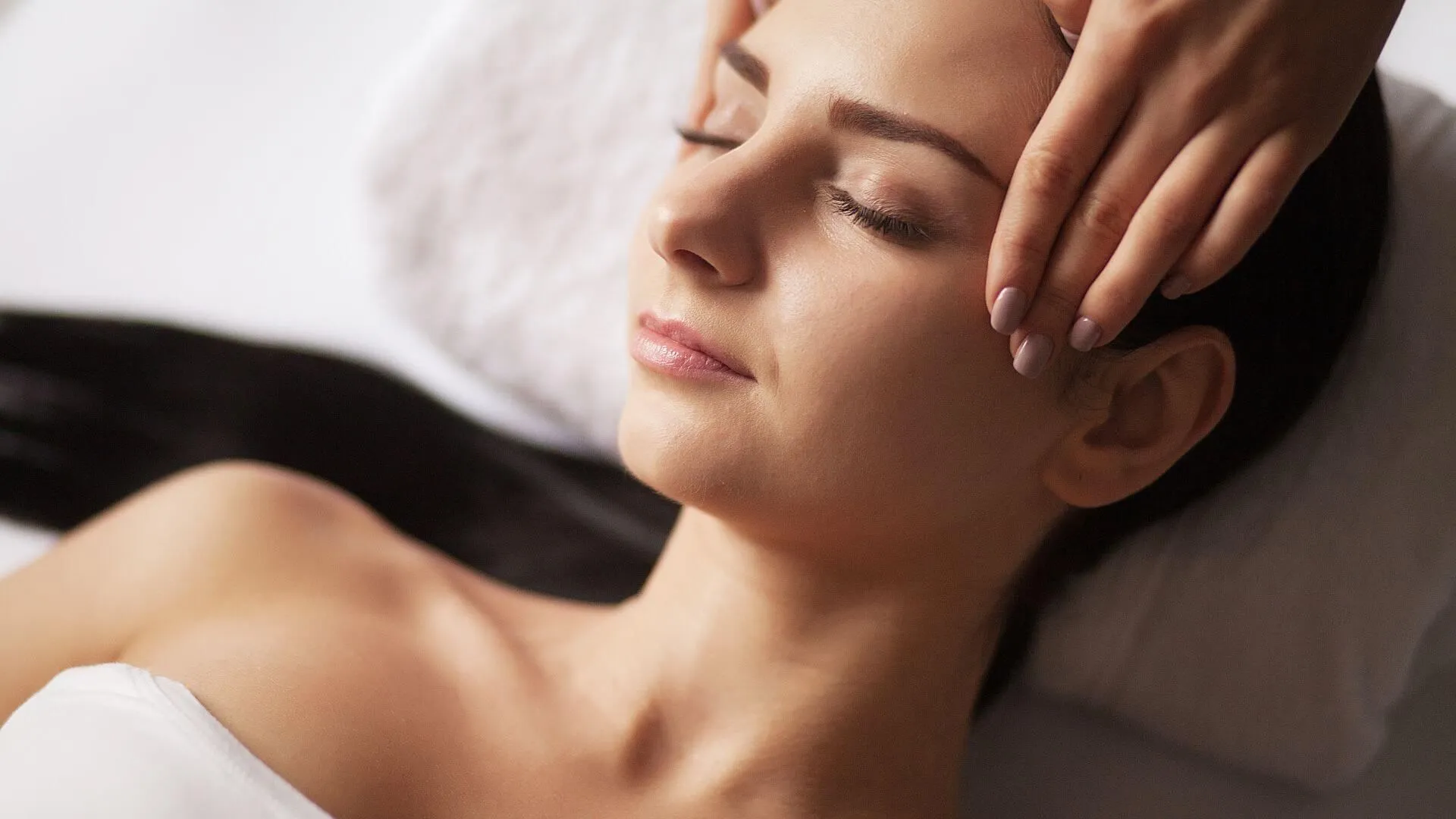Facials offer more than relaxation and pampering. These professional treatments provide measurable benefits for skin health through improved blood circulation and enhanced cellular function. Understanding how facials work to boost circulation can help you make informed decisions about incorporating them into your skincare routine.
Linking Facials and Blood Flow
Professional facials stimulate blood circulation through various mechanisms. Manual massage techniques applied during facials create gentle pressure that encourages blood vessels to dilate. This dilation allows increased blood flow to reach the skin’s surface layers. The massage component of facials works by applying rhythmic pressure to facial muscles and tissues. As blood flow increases, more oxygen reaches skin cells, supporting their metabolic processes.
Heat application, commonly used in facial treatments, also promotes vasodilation. Warm towels, steam, or heated products cause blood vessels to expand, allowing greater blood volume to flow through facial tissues. This increased circulation brings fresh nutrients to the skin while helping remove metabolic waste products.
Hydrafacials use a unique approach to boost circulation through gentle suction and water pressure.
Exploring Visible Benefits
Improved blood circulation from facial treatments produces several observable changes in skin appearance and texture. Enhanced blood flow delivers increased oxygen to skin cells, which can result in a more vibrant, healthy-looking complexion. This oxygenation process helps cells function more efficiently and can contribute to a natural glow.
The increased nutrient delivery that comes with better circulation supports collagen production. Collagen, a protein that provides structure and elasticity to skin, benefits from the amino acids and vitamins carried by circulating blood. While facials alone cannot reverse significant signs of aging, the improved circulation they provide can support the skin’s natural repair processes.
Better circulation also aids in lymphatic drainage, helping to reduce puffiness and promote a more defined facial contour. The lymphatic system works alongside blood circulation to remove excess fluids and toxins from tissues. Facial massage techniques can stimulate lymphatic flow, contributing to reduced swelling and improved skin texture.
Identifying Treatment Factors
Professional facial treatments offer advantages over at-home skincare routines when it comes to circulation enhancement. Licensed aestheticians understand proper massage techniques and pressure application to maximize circulatory benefits without causing irritation or damage. The frequency of professional treatments affects their circulation benefits. Most skin professionals recommend monthly facials to maintain optimal circulation enhancement.
Different facial types offer varying degrees of circulation benefits. Hydrafacials provide gentle yet effective circulation enhancement through their unique suction and hydration system. Traditional European facials rely more heavily on manual massage techniques. The choice between treatment types depends on individual skin needs and sensitivity levels.
Find an Aesthetician
Professional facial treatments provide measurable benefits for blood circulation and skin health. The combination of massage, heat application, and specialized techniques creates an environment that promotes healthy blood flow to facial tissues. This enhanced circulation delivers oxygen and nutrients while supporting natural skin renewal processes. Understanding these circulation benefits helps you make informed decisions about incorporating facial treatments into your overall skincare strategy. Consult with a qualified aesthetician to find a facial regimen that is appropriate for your skin.


